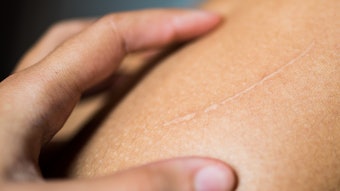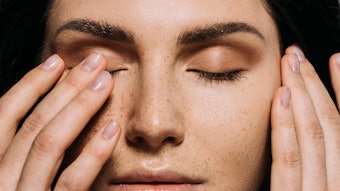Ultraviolet irradiation has negative effects on mitochondrial DNA mutations. These effects are shown in this article to be an indirect result of the formation of OH radicals. Also shown in this article is the protective effect of a nanoemulsion containing antioxidants that scavenge those radicals.
Structure and Function of Mitochondria
Mitochondria are the cellular organelles that generate energy from aerobic metabolism. Glucose and other food molecules are oxidized to carbon dioxide and water. The energy released is stored in the form of adenosine triphosphate (ATP).
Mitochondria are enclosed by a double membrane. The intermembrane space between the two membranes is separated from the cytosol outside and the mitochondrial matrix inside. Pyruvate that is produced by glycolysis in the cytosol is transported into the matrix where it enters into the Krebs cycle to form nicotinamide adenine dinucleotide (NADH) and flavin adenine dinucleotide (FADH2). Several protein complexes of the inner membrane form an electron transfer chain where electrons from NADH and FADH2 are transferred to oxygen. This releases energy that is used by the protein complexes to transport protons into the intermembrane space. The ATP synthetase complexes use the flow back of these protons into the mitochondria to produce ATP.










